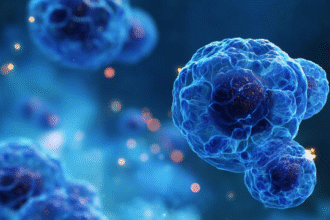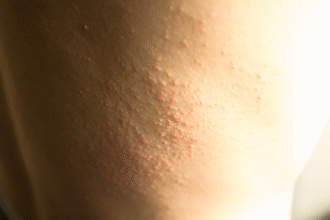Chlamydia trachomatis is a highly prevalent obligate intracellular bacterium and the most common bacterial sexually transmitted pathogen worldwide. Clinical presentations range from asymptomatic infection to urogenital, rectal, ocular, and neonatal disease.
Key Points
- Up to 70% of infected women and 50% of infected men are asymptomatic—routine screening is critical.
- Untreated infections can lead to pelvic inflammatory disease (PID), infertility, ectopic pregnancy, and chronic pelvic pain.
- Neonatal exposure during birth may cause conjunctivitis or pneumonia.
- First-line therapy: azithromycin or doxycycline; all recent sexual partners should be treated concurrently.
Epidemiology and Transmission
- Worldwide incidence exceeds 100 million new cases annually; highest rates in sexually active adolescents and young adults.
- Transmitted through sexual contact (vaginal, anal, oral) and perinatally from mother to infant.
- Trachoma (ocular C. trachomatis serovars A–C) remains a leading cause of preventable blindness in endemic regions.
Clinical Manifestations
- Urogenital
- Women: Often asymptomatic; cervicitis symptoms include mucopurulent discharge, intermenstrual bleeding, dysuria, dyspareunia.
-
Men: Urethritis with dysuria, urethral discharge; epididymitis can occur.
-
Rectal
-
Proctitis: rectal pain, bleeding, discharge—common in MSM and receptive anal intercourse.
-
Ocular
- Neonatal conjunctivitis (ophthalmia neonatorum): erythema, purulent discharge; onset 5–14 days post-delivery.
-
Adult inclusion conjunctivitis: follicular conjunctivitis after autoinoculation or eye–genital contact.
-
Respiratory (neonatal)
- Pneumonia: staccato cough, tachypnea, eosinophilia; onset at 1–3 months of age.
Risk Factors
- Multiple or new sexual partners
- Inconsistent condom use
- History of STDs
- Adolescence and young adulthood
- Immunosuppression, HIV infection
Diagnosis
- Nucleic acid amplification tests (NAATs) on urine or swabs (cervical, urethral, rectal, or ocular).
- Specimen collection: first-catch urine in men; vaginal swabs in women preferred.
- NAAT sensitivity and specificity >95%.
- Culture rarely used except for trachoma surveillance in resource-limited settings.
Differential Diagnosis
- Neisseria gonorrhoeae, Mycoplasma genitalium, Ureaplasma urealyticum
- Bacterial vaginosis, trichomoniasis
- Herpes simplex virus, HPV-related lesions (cervical)
Treatment
First-line
- Azithromycin 1 g orally single dose.
- Doxycycline 100 mg orally twice daily for 7 days (avoid in pregnancy and young children).
Alternatives
- Erythromycin base 500 mg orally four times daily for 7 days.
- Levofloxacin 500 mg orally once daily for 7 days.
Neonatal Management
- Oral erythromycin 50 mg/kg/day divided QID for 14 days for neonatal conjunctivitis; adjust per weight and clinical scenario.
Partner Management and Follow-Up
- Treat all sexual partners from the past 60 days concurrently.
- Abstain from sexual activity for 7 days after treatment completion.
- Rescreen women in 3 months due to high reinfection rates.
Prevention
- Consistent condom use reduces transmission risk by ~50%.
- Routine screening per guidelines: sexually active women <25 years, older women with risk factors.
- Education on STI prevention and partner notification.
- In endemic trachoma areas: community-wide antibiotic distribution (e.g., azithromycin mass drug administration), facial cleanliness, environmental improvements.
Complications and Referral Criteria
- PID leading to infertility, chronic pelvic pain, ectopic pregnancy.
- Reactive arthritis.
- Neonatal pneumonia beyond the neonatal period.
- Refer to infectious disease, gynecology, or ophthalmology for complicated or refractory cases.
Patient Education
- Many infections are silent—screening is vital.
- Complete full antibiotic course even if symptoms resolve early.
- Inform and treat partners to prevent reinfection.
- Practice safe sex: condoms, limit number of partners.






